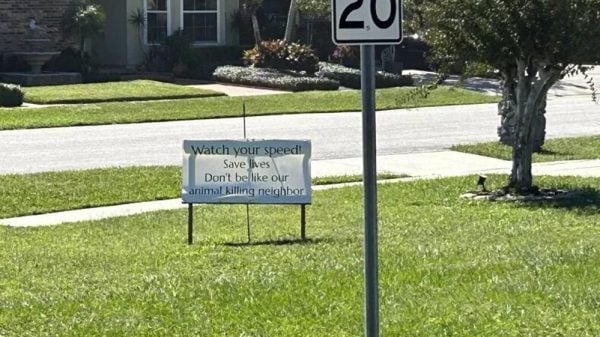After a century of laying near-silent, wolves have been returning to California in droves. This odd pattern has surprised residents, as they wake to newly-attacked animals and broken fences. What’s driving the return?
Many people have their own ideas — but experts believe it’s the perfect storm of environmental disasters and ecological shifts. Here’s what we know.
William McDarment was among the first of the California residents to actually spot signs of the wolves’ return, finding a 650-pound cow slain on his property in Tulare County. The main giveaway? Human hand-sized wolf prints lapping in circles around the now-dead animal, a skull picked clean, and an expertly shed cowhide.
Residents and experts believe that the perfect storm of environmental variables contributed to the wolves’ arrival. For example: The Windy fire devastated the local reservation in 2021, doubling down on impacts caused by years of drought.
Additionally, wolves are incredibly hardy creatures and can survive in a range of environments. As a result, they can thrive and expand from the reservation flatlands to the local mountains and regions, adapting to the varied biomes throughout the state.
Locals have recently spotted a wolf pack approaching the state border, moving toward the famous Sequoia National Park. The pack wasn’t big, but it was big enough to suggest a larger presence in the area. Experts documented a single adult female wolf with four babies (cubs) following behind her. This in itself was considered a win for environmentalists after the 150-year absence. However, residents feared the possible danger that these pack members could pose.
Something else had residents worrying — you cannot legally kill a wolf anywhere in the state, even if it poses a risk to your farm or cattle. As many of the locals were career farmers, this could have spelled disaster for their profitability.
A federal law to protect wolves may sound odd — but it is there with good purpose. Wolves once freely grazed the bountiful plains of the United States, and were common to see in every corner of the country. This drastically changed in the 1920s, when the wolves were hunted to the point of near-extinction.
Since the protective order, about 6,000 wolves have been documented and seen around the country, primarily in the lower states. Since they are federally protected, any wolf that is intentionally killed can run a high price. For example: California law can mandate that the shooter pay up to $100,000 in fees or serve jail time for a number of years or months.
It’s always exciting to spot wildlife making a comeback. At the time of this publication, about 40 wolves have been seen in the Northeastern area of California. They have settled South within the borders of the Sequoia National Forest. This works well for both ranchers and the wolves, as ranchers can’t farm there and the wolves remain satiated.
Additionally, with the return of the wolves came a few positive environmental effects: Lower wild elk numbers, which means higher counts of aspen and willow trees. Locals and experts also noted that beaver and bird counts were up as a result of the tree growth, which naturally elevated the quality and ecology of the local wetland areas.































































